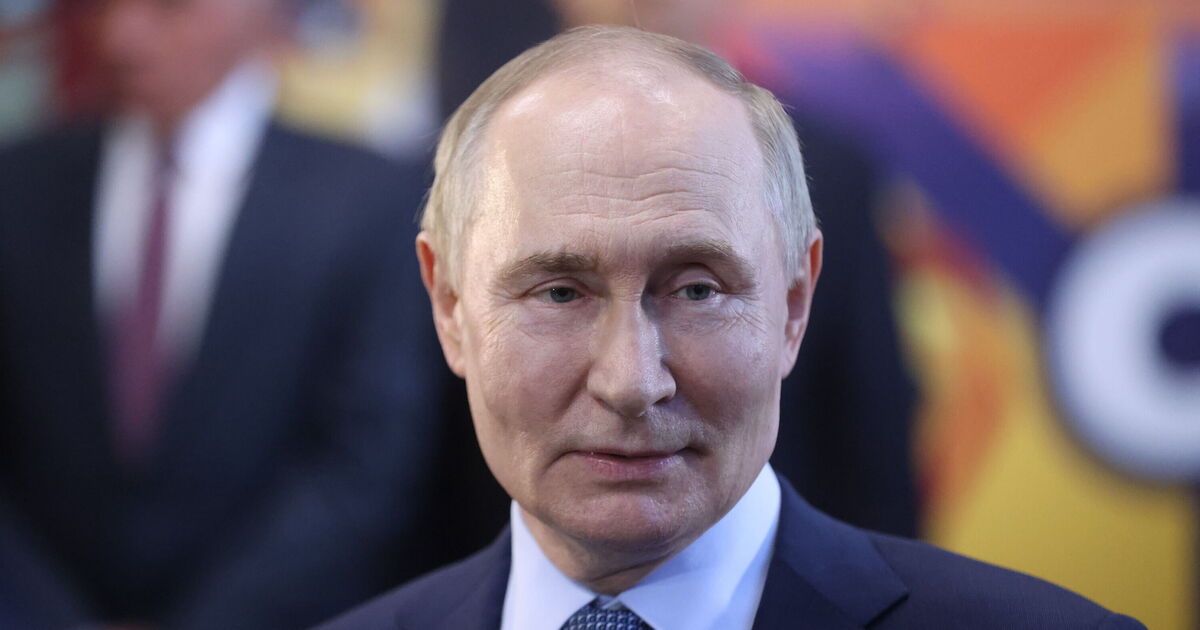Vladimir Putin has been relying on teenagers to build the suicide drones used to target Ukraine every day. In a desperate bid to overwhelm Kyiv’s’s air defence systems, the Yelabuga production facility is ramping up production and stockpiling Shaheds. Zvezda, the Russian defence ministry’s TV channel, provided the first detailed look inside the plant – the largest of its kind in the world.
Images captured from the show were shared on X by NOEL Reports, which covers global conflicts, and show a production line of Geran-2 drones – Russia’s own version of the Iranian Shahed. The voice-over says: “Everywhere you look, there’s young people working here.” Teenagers have reportedly been asked to work at Yelabuga from 15 years old to make drone components and do computer work, which has been facilitated by the nearby college.
Russia’s catastrophic labour shortage has forced businesses to hire teenagers and retirees to fill jobs as the population crisis worsens.
This issue has been brewing for years as the war with Ukraine continues, which has sent many working age people to the frontlines.
Job adverts asking for “young applicants” as young as 14 skyrocketed by 119% in the first quarter of last year, Russian outlet Nakanune reported. Demand for workers between 16 and 18 also doubled.
Putin has been scrambling to increase employment amid the population crisis, allowing 14-year-olds to get a job and raising the retirement age.
Labour minister Anton Kotyakov warned of the staggering scale of Russia’s population crisis as birth rates plummet and working age people are needed for the war effort.
He estimated that an extra 10.9 million people would be needed in the workforce by 2030 to replace those who will have retired and to fill 800,000 new jobs.
Kotyakov warned of an “additional shortage of personnel” if the current productivity estimations are not met.
The Kremlin has also been discussing efforts to increase the birth rate, which Putin called a matter of “ethnic survival”.
He has been encouraging women to have as many as eight children, including through cash payouts and tax breaks for large families.

